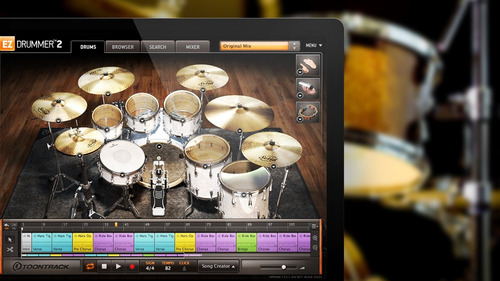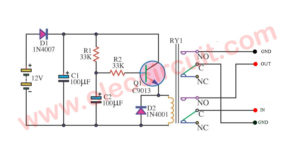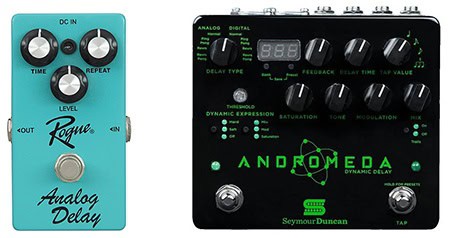
A good example of a delay before a change can be heard at the 2:00 mark of this track: Try using a delay to lead into a transition. If you don’t add in some variety, your track can end up sounding like a monotonous loop repeating over and over and over. This can be at the end of 8 bars, 16 bars, or anywhere else a new section or part comes in. The best way to keep your tracks engaging is to finish your song sections with a quick delay. It’ll blend your parts better and keeps things interesting throughout the mix. This will give you more dynamic transitions.

You can even let the delay echoes bleed into the next section of your track. The feedback setting on your delay plugin will determine how many echoes of the original signal you’ll hear.Įxperiment with the feedback to find what fits your mix best. If a part ends abruptly before the next part comes in, set up a simple delay with a low feedback setting. Sometimes it’s not about how you use delays. But too much empty space and your track is gonna get boring pretty quick.Ī great way to keep your mix interesting is to let the echoes of your delay fill in the silent spaces you don’t need. Silence can add some nice tension to a mix. Which means a whole world of creative choices are out there.

PUTTING A SIMPLE DELAY ON EZ DRUMMER SOFTWARE
But tape delay, digital delay, and eventually software delay effects have given musicians way more control over those delicious echoes. The amount of delay, and the timing of the delay is determined by the delay time and feedback. For example:ĭelay used to only be possible in naturally echoey spaces. What is Delay in music?ĭelays create an echoing effect on a sound or group of sounds. Here’s 5 easy and creative ways to use delays in your mix. So save your productions from the boring bin.

Get the tools to shape your sound with 30+ synths, instruments, effects and utilities plugins from industry leaders like Arturia, UJAM and more.


 0 kommentar(er)
0 kommentar(er)
